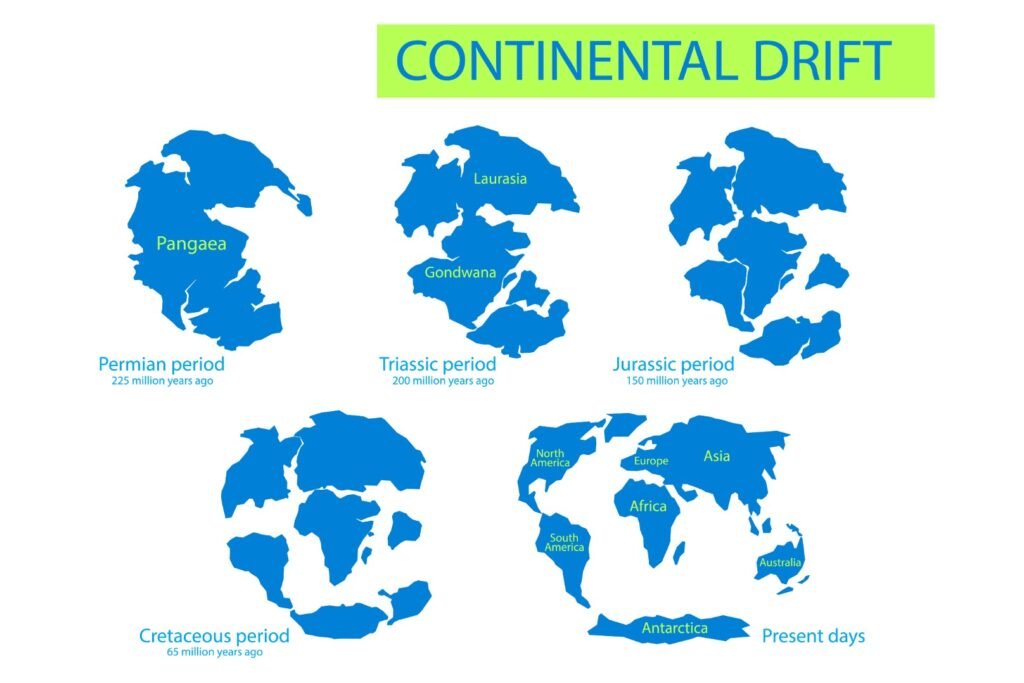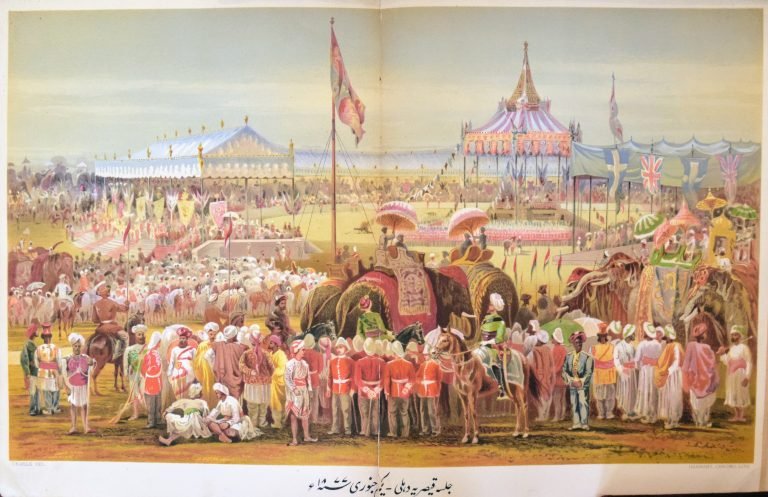Decoding the Book of Life: A Guide to Whole Genome Sequencing
Home › Articles › हिंदी DECODING THE BOOK OF LIFE: A GUIDE TO WHOLE GENOME SEQUENCING Related toScience & Tech Published on14 June 2025 Have you ever wondered why you have your mother’s eyes or your father’s smile? The answer lies in a microscopic instruction manual hidden inside almost every cell in your body. This manual, written in a four-letter alphabet, dictates everything from your appearance to your susceptibility to certain diseases. For centuries, this “Book of Life” remained sealed. We knew it existed, but we could only guess at its contents. Today, that has changed. Thanks to a revolutionary technology called Whole Genome Sequencing (WGS), we can now read this entire book, from cover to cover, letter by letter. This is not just a scientific breakthrough; it’s a paradigm shift that is beginning to unlock the deepest secrets of our health, our history, and what it means to be human. The Blueprint of Life: What Exactly is a Genome? Before we dive into how we read the book, let’s understand what it is. An organism’s genome is its complete set of genetic instructions. Think of it as an incredibly detailed instruction manual. This manual is written in the language of DNA (Deoxyribonucleic acid), using just four chemical “letters”: A (Adenine), T (Thymine), C (Cytosine), and G (Guanine). In humans, this manual contains about 3.2 billion letters, neatly packaged into structures called chromosomes. You can think of chromosomes as the chapters of the book. Within these chapters are specific sections called genes, which are like individual recipes or instructions. One gene might hold the recipe for producing insulin, while another might have the instructions for building the proteins that determine your blood type. The entirety of these chapters and recipes constitutes your genome. Reading the Entire Book: Understanding Whole Genome Sequencing For a long time, our ability to read this book was limited. We could perhaps read a few select recipes (genes) or check for specific spelling mistakes (mutations). This is what older methods like DNA profiling or SNP genotyping do. Whole Exome Sequencing, a more advanced technique, allows us to read all the recipe sections (the exome), which make up about 1-2% of the entire book. Whole Genome Sequencing (WGS), however, is in a league of its own. As the name suggests, it is the process of determining the precise order of all 3.2 billion letters in an organism’s genome in a single go. It reads not just the recipes (genes) but also the introductions, the indexes, the spaces between the paragraphs, and all the seemingly “junk” DNA that we are only now beginning to understand is critically important. It gives us the complete, unabridged story. A Journey Through Time: The Quest to Sequence the Genome The ability to read the book of life didn’t happen overnight. It’s the culmination of decades of scientific endeavour. The journey began in the 1970s with slow, manual sequencing methods. The first complete genome ever sequenced, in 1976, belonged to a tiny virus. The scale of the challenge grew with each milestone. In 1995, scientists achieved a landmark by sequencing the entire genome of a free-living organism, the bacterium Haemophilus influenzae. This was followed by the first complex organism (a yeast) in 1996, and the first multicellular animal (a nematode worm) in 1998. The true watershed moment came with the Human Genome Project (HGP) in the field of genome sequencing. Launched in 1990, this monumental international collaboration set out to do what seemed impossible: to sequence the entire human genome. After 13 years of relentless work, a draft of the human genome was published in 2003, with a more complete version following in 2004. The HGP was a scientific moonshot, and its success opened the floodgates for the genomic revolution we are witnessing today. The ‘How-To’: A Glimpse into the Sequencing Process So, how do scientists read 3.2 billion letters of DNA? The most common modern approach is a form of “shotgun sequencing” combined with Next-Generation Sequencing (NGS) technology. Imagine taking the entire instruction manual and putting it through a shredder, creating millions of tiny, overlapping snippets of text. Now, imagine a machine that can read all these millions of snippets simultaneously. That’s essentially what NGS platforms do. They rapidly read these small fragments of DNA. The final, and perhaps most challenging, step is to use powerful computers to look at the overlapping ends of these snippets and piece them back together in the correct order, reconstructing the entire book. Newer technologies, like long-read sequencing, are also emerging. While perhaps less accurate letter-by-letter, they read much longer snippets of text, making it easier to solve the puzzle, especially in parts of the book with lots of repetitive sentences (complex regions of the genome). Unlocking the Secrets: What Can We Do with a Whole Genome? Having the complete instruction manual for an individual opens up a world of possibilities, particularly in medicine and healthcare. A New Era of Personalised Medicine: For decades, medicine has largely followed a one-size-fits-all approach. WGS is changing that. By understanding an individual’s unique genetic makeup, doctors can predict how they might respond to certain drugs, allowing them to choose the most effective treatment and avoid adverse reactions. Diagnosing the Undiagnosable: For families affected by rare genetic diseases, the diagnostic odyssey can be long and heartbreaking. WGS can provide answers where other tests fail. By scanning the entire genome, it can pinpoint the single “typo” among billions of letters that is responsible for a mysterious condition, providing a diagnosis and paving the way for potential treatments. Transforming Cancer Care: Cancer is a disease of the genome. Tumors develop because of mutations in a cell’s DNA. By sequencing the genome of a tumor, doctors can understand exactly what went wrong and choose targeted therapies designed to attack cancer cells with those specific mutations. Furthermore, a technique called “deep whole genome sequencing” can analyze tiny fragments of tumor DNA circulating in the bloodstream (ctDNA), offering a non-invasive way to detect cancer
Decoding the Book of Life: A Guide to Whole Genome Sequencing Read More »









